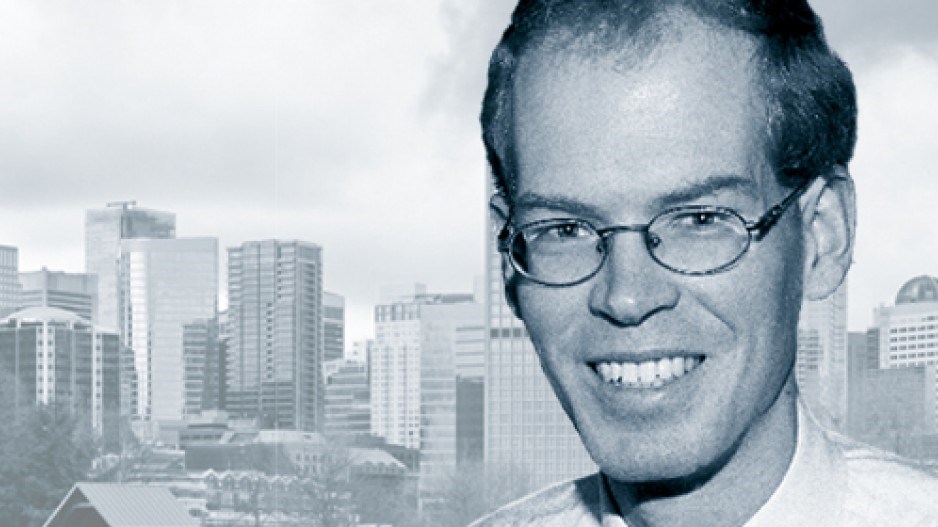Growing demands
“B.C. keeps growing,” remarked BC Stats in its weekly roundup of statistics last week. According to the most recent estimates of the province’s population, an additional 70,000 people arrived in the 12 months ended June 30, 2019, boosting B.C.’s head count to 5,071,336.
While Metro Vancouver wrestles with the challenges of growth, having received 39,041 (56%) of the newcomers, the Fraser Valley saw the biggest influx as a proportion of its population at 2.1%.
The challenges of growth were a hot topic of conversation among the region’s mayors, who joined in a panel discussion the Urban Development Institute hosted in Langley on January 29.
Pam Alexis, mayor of Mission, noted that the municipality will be elevated to city status this spring, shedding its district moniker. But with the growth come concerns.
“Sometimes, when we get a lot of new development, it does cause angst for some of the older residents,” she said. “It really comes out in the traffic emails.”
While the soon-to-be city is taking measures to improve pedestrian safety and plan for the extension of SkyTrain to the Fraser Valley, she said Mission wants to be more than a bedroom community. She said 70% of the local workforce leaves town for work each day. Many are skilled tradespeople who work at sites across the region.
“We need to be able to find places for people to work locally so they don’t have to empty out onto these corridors in order to find employment,” she said.
Several other municipalities represented on the panel, including Surrey, Abbotsford and Chilliwack, have all sought to build the local employment base to keep people at home. The need has grown as more people have sought affordable housing in these cities.
But there’s also the question of flow-through traffic. Canada’s key Pacific ports for incoming goods sit at the mouth of the Fraser, and as logistics facilities push up the valley and bring jobs, truck traffic is also increasing.
“Truck traffic on [Highway 1] has increased by over 40% in just the last two years,” said Abbotsford Mayor Henry Braun. “We need to get some cars off that freeway to open up some space. And that’s where the commuter rail comes in.”
He would like Ottawa to ante towards an $8 million investment in the region’s transportation infrastructure. That’s four times the amount mayors Jack Froese of Langley township and Jonathan Coté of New Westminster will be seeking from Ottawa this month on behalf of the Mayor’s Council on Regional Transportation for SkyTrain’s extension to Langley.
“It’s integral to our major projects that we work together with the province and with the federal government to get the funding for these major projects, like SkyTrain from Langley to UBC [the University of British Columbia],” Froese said.
Collaboration is also critical to an intermunicipal business licence for ride-hailing services.
“You can’t just build highways,” he said. “People are moving here and they need a way to get around.”
With opposition from Surrey addressed shortly after the discussion, Froese sees the potential this month for a licence that could allow ride-hailing from Whistler to Chilliwack.
Westward view
While Fraser Valley mayors are keen for senior levels of government to lend financial support to the eastern extension of SkyTrain, Vancouver, UBC and the Musqueam, Squamish and Tsleil-Waututh First Nations’ MST Development Corp. have joined forces to advocate the extension of SkyTrain to Point Grey.
While the memorandum of understanding between the three entities doesn’t have a dollar figure attached, it will surely hearten critics of the existing terminus at Arbutus Street.
The concerned parties include local schools, which have been quietly advocating measures to mitigate the impact of a major transit hub on their doorsteps and safeguard their students.
Completing the extension to UBC appears an obvious solution, but it’s not the simplest. Pre-construction work is in progress and actual construction is set to begin by year’s end, meaning a late-breaking extension of the line is unlikely.
However, the concerns provide further support to government calls for transit infrastructure to keep pace with the region’s growth of people, employment and trade. •




